How Solar Lamps are Revolutionizing Outdoor Spaces: A Sustainable Lighting Solution
In recent years, the adoption of Solar Lamps has transformed outdoor spaces, heralding a new era of sustainable lighting solutions that blend functionality with environmental responsibility. According to the International Renewable Energy Agency (IRENA), the global market for solar lighting is projected to reach $151 billion by 2025, driven by a growing demand for off-grid and eco-friendly alternatives.
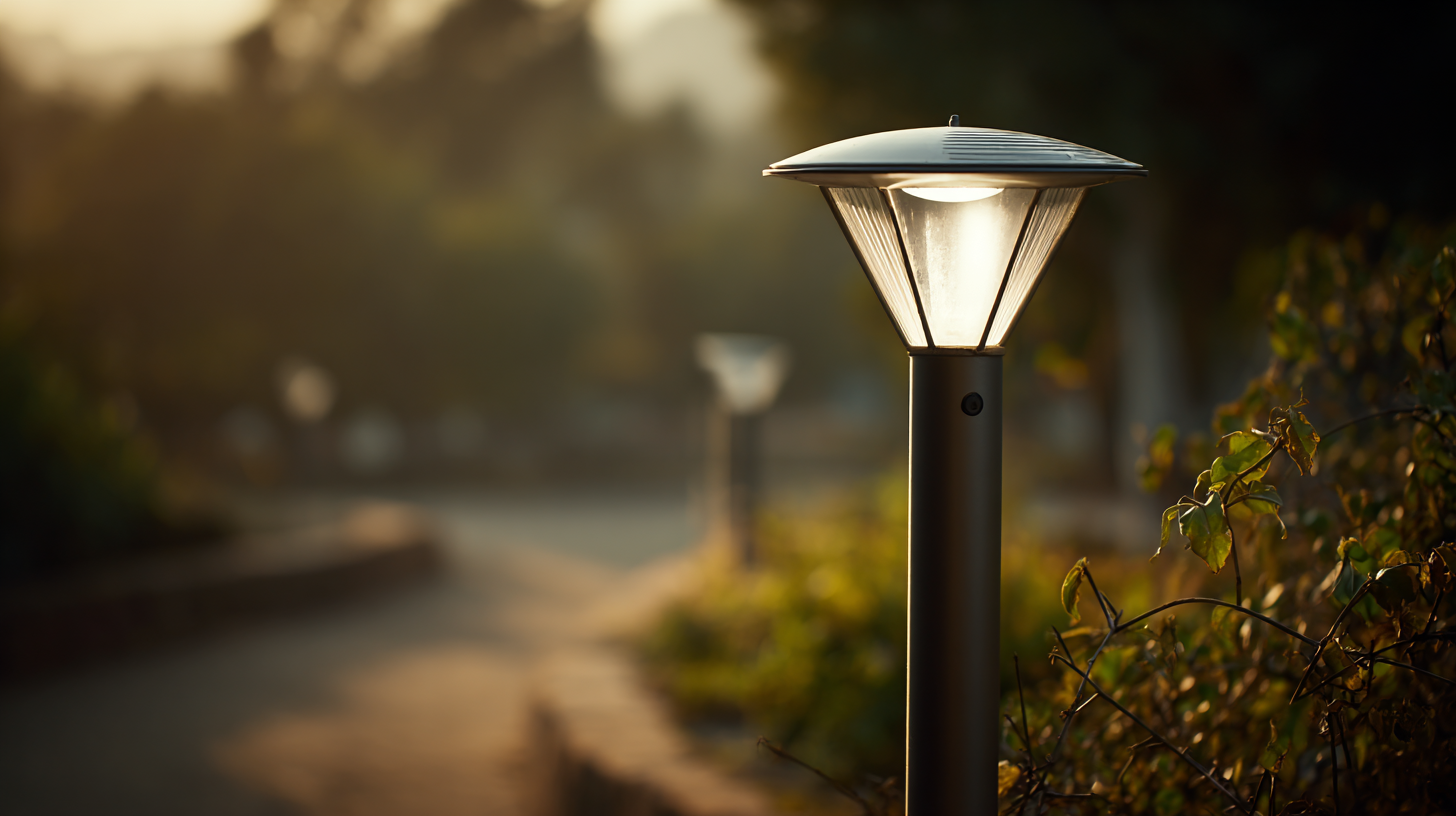
Solar Lamps harness the power of the sun, providing a cost-effective and self-sustaining light source that reduces reliance on traditional electricity. With advancements in solar technology and decreasing costs of solar panels, these innovative lighting solutions are not only improving outdoor aesthetics but also enhancing safety and energy efficiency in public and private spaces.
As communities increasingly seek to minimize their carbon footprint while maximizing utility, Solar Lamps stand out as a viable and revolutionary option for modern outdoor environments.
The Shift to Renewable Energy in Outdoor Lighting Solutions
As the world shifts toward greener alternatives, the trend of utilizing renewable energy in outdoor lighting solutions has gained significant momentum. According to a report by Grand View Research, the global solar lighting market is expected to reach USD 8.5 billion by 2027, growing at a CAGR of 18.8%. This growth is propelled by the increasing demand for energy-efficient and eco-friendly lighting systems, which are crucial in reducing carbon footprints and lowering energy bills.
Solar lamps have emerged as a practical and sustainable solution for outdoor spaces, offering versatility and ease of installation without the need for complex wiring. The International Renewable Energy Agency (IRENA) notes that transitioning to solar energy can reduce greenhouse gas emissions by up to 70% compared to traditional fossil fuel-based lighting. Moreover, with over one-third of the world’s population lacking access to reliable electricity, solar lamps not only illuminate park pathways and gardens but also enhance safety in remote areas, fostering community engagement and outdoor activities. This critical shift to renewable energy sources not only meets modern lighting needs but also aligns with global sustainability goals.
How Solar Lamps are Revolutionizing Outdoor Spaces
This chart illustrates the energy consumption of traditional lighting compared to solar lighting in outdoor spaces. The data highlights the significant reduction in energy usage when switching to solar lamps, which is a key advantage of adopting renewable energy solutions.
Advantages of Solar Lamps Over Traditional Lighting Options
Solar lamps are transforming outdoor spaces by providing a sustainable lighting solution that outperforms traditional options in several key aspects. One of the most significant advantages is their energy efficiency. According to the U.S. Department of Energy, solar-powered lighting can save up to 75% on energy costs compared to conventional incandescent bulbs. This substantial reduction not only benefits homeowners financially but also contributes to decreased carbon emissions, aligning with global sustainability goals.
Moreover, solar lamps offer flexibility in installation since they do not require complicated wiring or access to electrical outlets. A study by the National Renewable Energy Laboratory indicates that solar-powered fixtures can be easily placed in remote or hard-to-reach areas, making them ideal for parks, gardens, or pathways. As a result, communities can enhance safety and aesthetics without extensive infrastructure investment.
Tips: When choosing solar lamps, consider their lumen output to ensure adequate brightness for your needs. Additionally, look for models with built-in sensors that automatically turn on at dusk, optimizing both convenience and energy usage. Another helpful tip is to assess the average sun exposure in your outdoor area to select solar lights with sufficient battery capacity for all-night illumination.
Design Innovations in Solar Lamps for Modern Outdoor Spaces
The evolution of solar lamps has been significantly influenced by design innovations tailored for modern outdoor spaces. With the introduction of versatile and rechargeable outdoor lighting solutions, these lamps are not just functional but also aesthetically appealing. The latest collections emphasize bold colors and contemporary designs, allowing homeowners to personalize their outdoor environments. These advancements have turned basic lighting into an art form, capable of transforming gardens and patios into inviting nighttime retreats.
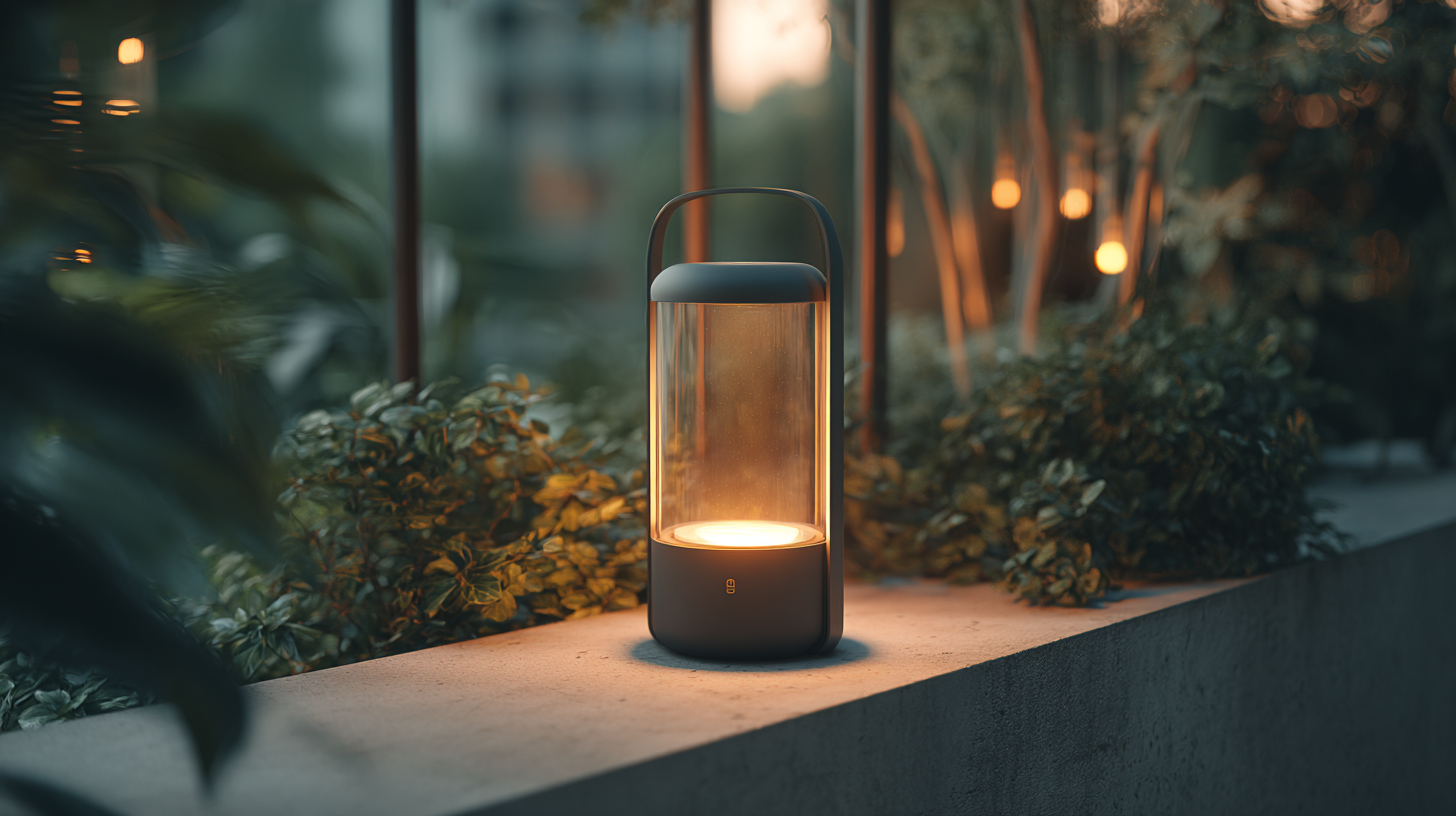
Moreover, incorporating smart technology into solar lamps has expanded their potential use. Smart outdoor lighting can enhance the ambiance and usability of outdoor areas through creative layering techniques. By integrating various types of lighting, such as solar-powered stake lights and decorative lanterns, homeowners can effectively illuminate pathways and highlight landscaping features. This not only saves energy but also creates dynamic outdoor spaces that come alive after dark, marrying sustainability with modern aesthetics in outdoor design.
Environmental Impact of Solar Lamps on Sustainable Practices
The adoption of solar lamps in outdoor spaces is a significant step forward in promoting sustainable practices. According to a report by the International Renewable Energy Agency (IRENA), the use of solar technology could reduce global carbon dioxide emissions by up to 70 gigatons by 2050. Solar lamps, which harness energy from the sun, provide a clean, renewable source of light that helps to minimize dependence on fossil fuels. This shift not only lowers energy costs for municipalities and homeowners but also contributes positively to environmental conservation.
In addition to their energy efficiency, solar lamps play a crucial role in enhancing community well-being while reducing light pollution. A study published in the Journal of Environmental Management found that properly designed solar street lighting systems can decrease the risk of road accidents by 30%, thereby improving safety without the environmental costs associated with traditional lighting methods. As cities embrace these sustainable practices, the integration of solar lamps into public spaces showcases an innovative approach to urban lighting that aligns with global efforts to combat climate change, as estimated to save approximately 1.4 billion liters of diesel fuel annually. This shift highlights how solar lamps can significantly influence both environmental sustainability and community resilience.
How Solar Lamps are Revolutionizing Outdoor Spaces: A Sustainable Lighting Solution
| Aspect | Details |
|---|---|
| Energy Source | Solar Power |
| Installation | Easy & Quick Setup |
| Typical Lifespan | 5 to 10 Years |
| Environmental Impact | Reduces Carbon Footprint |
| Maintenance | Minimal Maintenance Required |
| Common Uses | Gardens, Pathways, Parks |
| Cost Savings | No Electricity Bills |
| Light Options | LED & Warm White Options Available |
How Solar Lamps Enhance Safety and Aesthetics in Outdoor Areas
 Solar lamps are transforming outdoor spaces by not only providing a sustainable lighting solution but also enhancing safety and aesthetics. As night falls, well-lit pathways, gardens, and patios become inviting environments that deter potential intruders and keep family and friends safe. The glow of solar lights enables better visibility, ensuring that areas prone to accidents are well illuminated. By placing solar lamps around steps, driveways, and outdoor seating areas, homeowners can significantly reduce the risk of falls and injuries.
Solar lamps are transforming outdoor spaces by not only providing a sustainable lighting solution but also enhancing safety and aesthetics. As night falls, well-lit pathways, gardens, and patios become inviting environments that deter potential intruders and keep family and friends safe. The glow of solar lights enables better visibility, ensuring that areas prone to accidents are well illuminated. By placing solar lamps around steps, driveways, and outdoor seating areas, homeowners can significantly reduce the risk of falls and injuries.
In addition to their safety benefits, solar lamps add a distinctive charm to outdoor areas. Various designs and colors allow for customization that aligns with the style of the home and landscape. Solar lights can highlight beautiful garden features or provide ambient lighting for evening gatherings, creating a warm and welcoming atmosphere.
Tips: When selecting solar lamps, look for models with motion sensors for added security. Opt for fixtures that offer different lighting modes to create the perfect ambiance for any occasion. For enhanced aesthetics, consider combining various styles and heights to create visual interest in your outdoor decor.
Related Posts
-

The Complete Manual for Choosing the Best Solar Lamp for Your Needs
-

How to Choose the Best Solar Post Lights for Your Outdoor Spaces Effectively
-
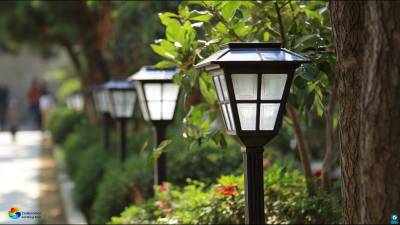
7 Reasons Why Best Solar Lighting Solutions Can Transform Your Energy Efficiency
-
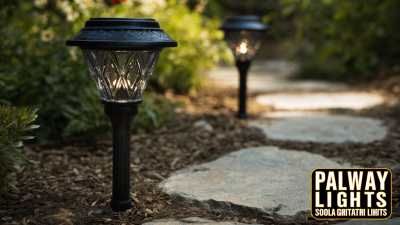
Understanding the Unique Features and Applications of the Best Solar Pathway Lights
-
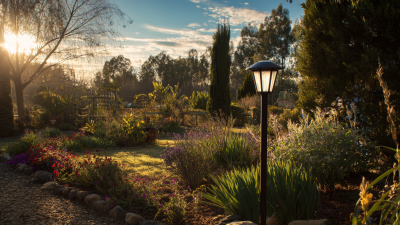
The Comprehensive Handbook for Selecting the Best Solar Yard Lights for Global Buyers
-

Ultimate Solar Lamp Post Checklist: Ensuring Quality and Efficiency for Outdoor Spaces
